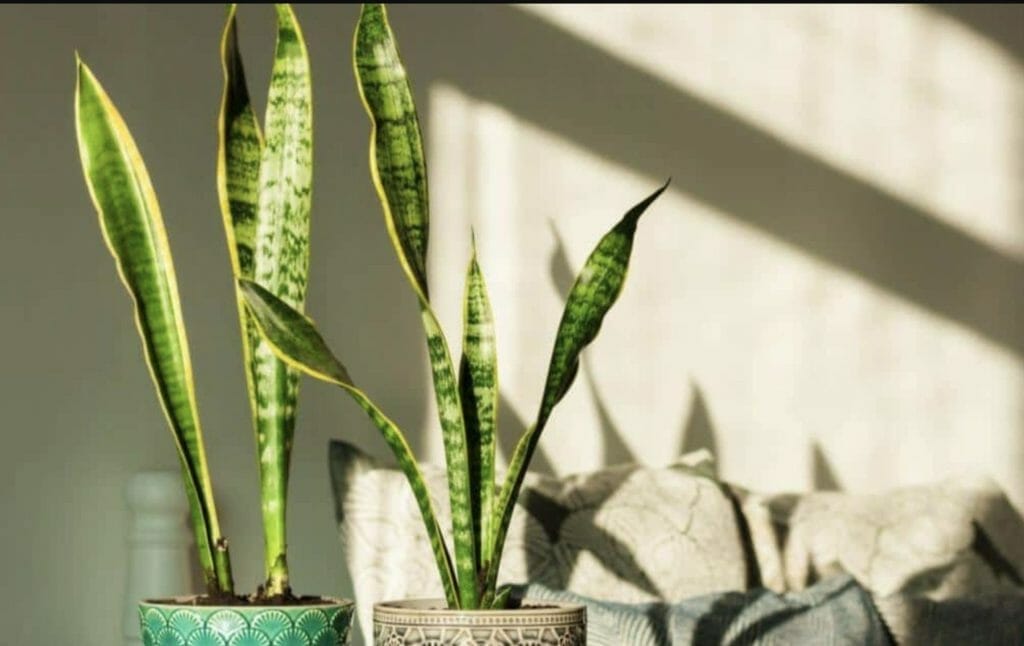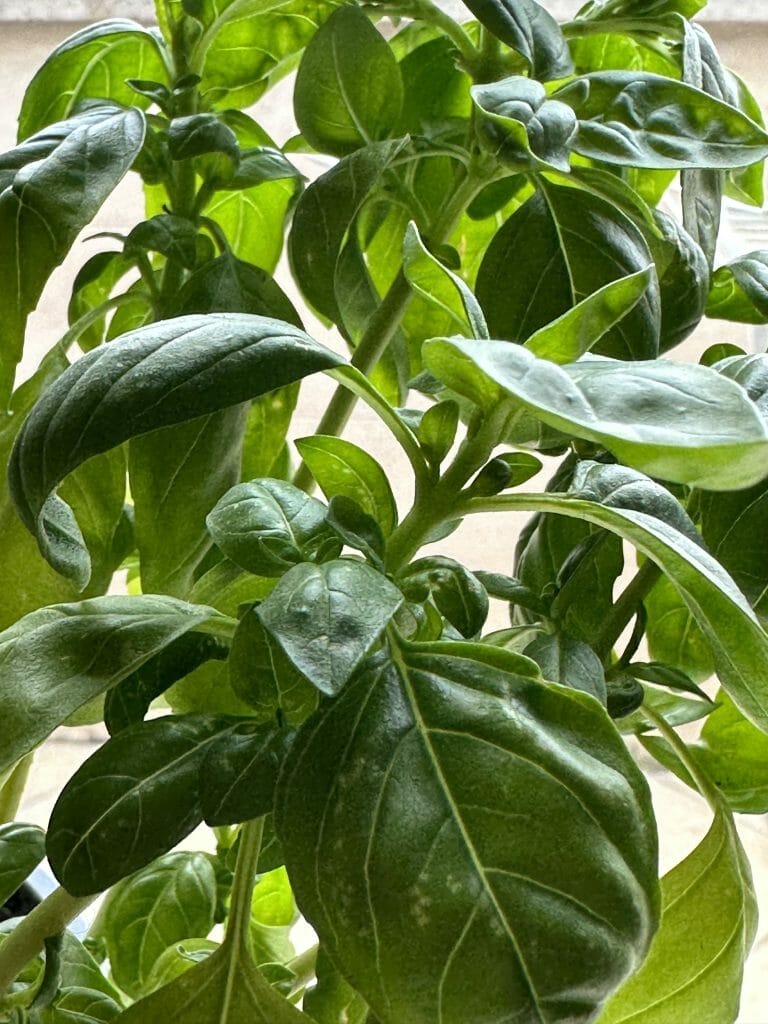What Does An Overwatered Snake Plant Look Like – Signs and Solutions

This blog post will explore the signs and symptoms of an overwatered snake plant. We will discuss how to identify if your snake plant is receiving too much water and the potential consequences this can have on the plant’s health. Furthermore, we will provide practical solutions and tips to help you revive and care for an overwatered snake plant, ensuring its longevity and vibrancy in your home or office.
Snake plants, also known as Sansevieria, are popular indoor plants due to their low maintenance and ability to purify the air. However, even the most resilient plants can suffer if they are overwatered. Overwatering is a common mistake made by plant enthusiasts, especially those new to caring for snake plants. In this blog post, we will guide you through the signs of overwatering, explain its consequences on your snake plant’s health, and offer practical solutions to revive an overwatered snake plant.
Understanding Snake Plant Watering Needs
Snake plants have succulent leaves that store water, making them more tolerant of drought than excessive moisture. They are native to arid regions in West Africa, which means they have adapted to survive in low water conditions. Understanding their natural habitat is crucial for providing the right amount of water.
To avoid overwatering your snake plant, it’s essential to know its watering needs. Snake plants thrive in well-draining soil and prefer to dry out between waterings. As a general rule, water your snake plant only when the top inch of soil feels dry to the touch. This ensures that the roots do not remain overly saturated, preventing the risk of root rot.
What Does An Overwatered Snake Plant Look Like
Overwatering can be detrimental to your snake plant’s health. Here are some common signs that indicate your snake plant is receiving too much water:
- Yellowing leaves: If the leaves of your snake plant turn yellow and feel mushy or soft, it is likely a sign of overwatering. The roots become waterlogged, leading to poor oxygen circulation and root rot.
- Wilting or drooping foliage: Overwatered snake plants often exhibit wilting or drooping leaves due to damaged roots. The excess moisture prevents the roots from absorbing oxygen properly, causing the leaves to lose their turgidity.
- Foul odor: A strong, unpleasant smell emanating from the soil could indicate root rot caused by overwatering. The stagnant water creates an ideal environment for fungal and bacterial growth, leading to decay.
- Mold or fungus growth: Excessive moisture promotes the growth of mold or fungus on the soil surface or around the base of the plant. This is a clear sign that your snake plant is being overwatered.
- Leaf discoloration: Overwatered snake plants may develop dark brown or black spots on their leaves. This discoloration is often a result of waterlogged roots and subsequent nutrient deficiencies.
Consequences of Overwatering Snake Plants
Overwatering can severely affect your snake plant’s overall health and vitality. Understanding these consequences will help you appreciate the importance of proper watering techniques and prompt action when signs of overwatering are observed:
- Root rot: Overwatering leads to waterlogged soil, suffocating the roots and creating an environment conducive to root rot. Once root rot sets in, it becomes challenging to save the plant.
- Stunted growth: Too much moisture inhibits root growth and nutrient absorption, resulting in stunted growth for your snake plant. The plant may also produce fewer leaves or exhibit smaller leaf size.
- Pest infestations: Overwatered snake plants are more susceptible to pest infestations, such as fungus gnats and root mealybugs. These pests thrive in damp environments and can cause further damage to weakened plants.
- Spread of diseases: Excessive moisture creates favorable conditions for various diseases caused by fungi and bacteria. These diseases can quickly spread throughout your snake plant, leading to further deterioration.
Reviving an Overwatered Snake Plant
If you’ve identified that your snake plant is overwatered, there are steps you can take to revive it and restore its health:
- Remove excess water: Carefully remove the plant from its pot and allow any excess water to drain away completely. Ensure that the pot has proper drainage holes to prevent future overwatering issues.
- Check roots for rot: Gently examine the roots for any signs of rot or decay. Trim away any mushy or discolored roots using clean shears or scissors.
- Repot in soil Repot your snake plant in a wellaining potting mix specifically designed for succulents or cacti. This type of soil allows excess water to drain quickly, reducing the risk of overwatering.
- Adjust watering routine: Going forward, adjust your watering routine to prevent overwatering. Only water when the top inch of soil feels dry, and be mindful not to let water sit in saucers or trays beneath the pot.
- Provide proper light conditions: Place your snake plant in a location with bright indirect light. Adequate light helps dry out the soil more efficiently and promotes healthy growth.
Preventing Overwatering in Snake Plants
Prevention is key when it comes to caring for snake plants and avoiding overwatering mishaps in the future. Here are some tips to help you maintain proper watering practices:
- Use well-draining pots: Opt for pots with drainage holes to allow excess water to escape freely. This prevents water from pooling at the bottom and encourages proper root aeration.
- Choose a suitable potting mix: Use a well-draining mix formulated for succulents or cacti. Avoid heavy soils that retain moisture for an extended period.
- Establish a watering schedule: Develop a watering schedule based on your snake plant’s needs and environment. Stick to this schedule but always check the soil moisture level before watering.
- Monitor humidity levels: Snake plants prefer low-humidity environments, so avoid placing them near humidifiers or bathrooms with high moisture levels.
- Observe your plant’s behavior: Regularly inspect your snake plant’s leaves, stems, and soil condition. This allows you to identify any early signs of stress or overwatering and take appropriate action promptly.
Conclusion
Caring for a snake plant involves understanding its watering needs and being mindful of potential issues like overwatering. By observing the signs of overwatering and taking prompt action, you can revive an overwatered snake plant and prevent future problems. Remember that prevention is key, so establish good watering habits and provide suitable growing conditions for your beloved snake plants. With proper care, your snake plant will thrive for years to come, adding beauty and freshness to your indoor space.







